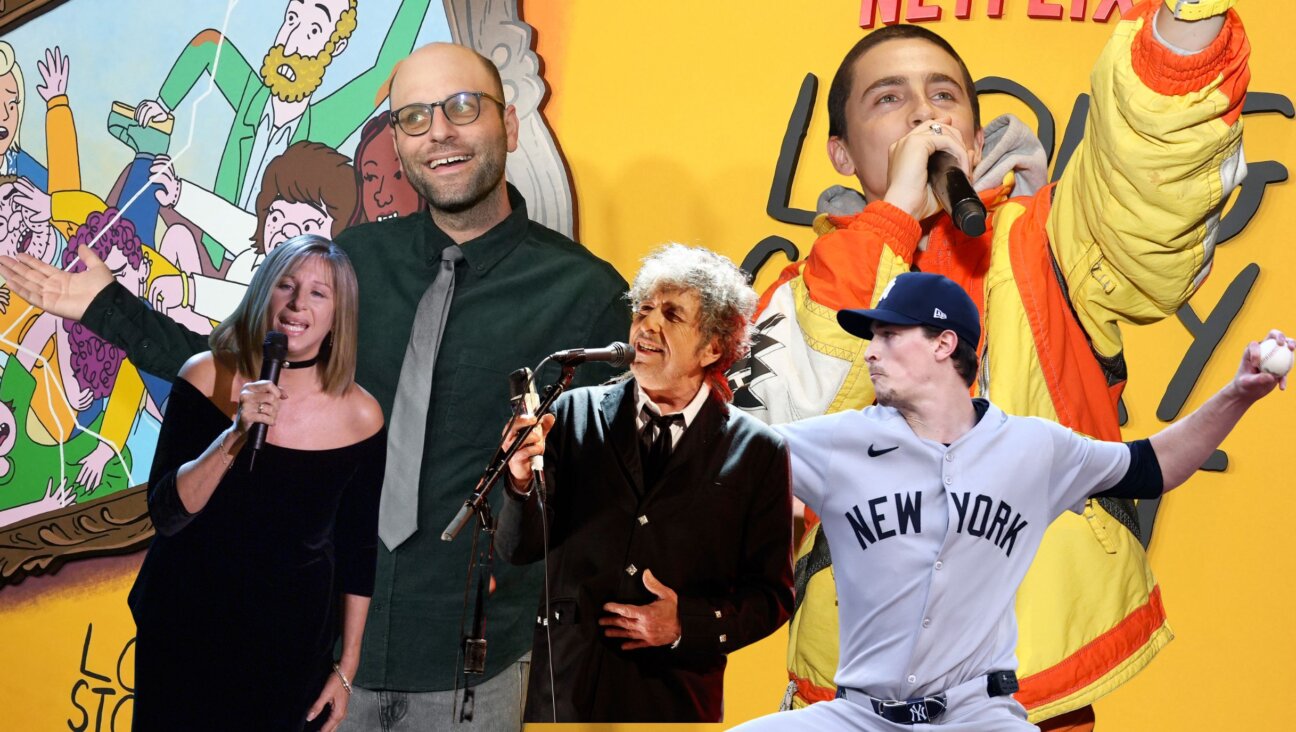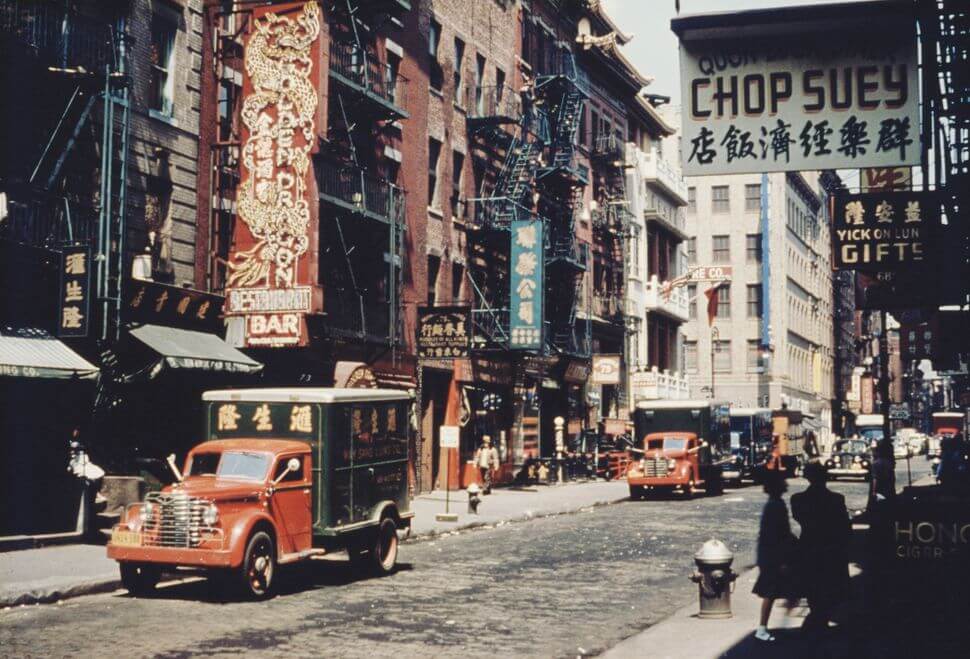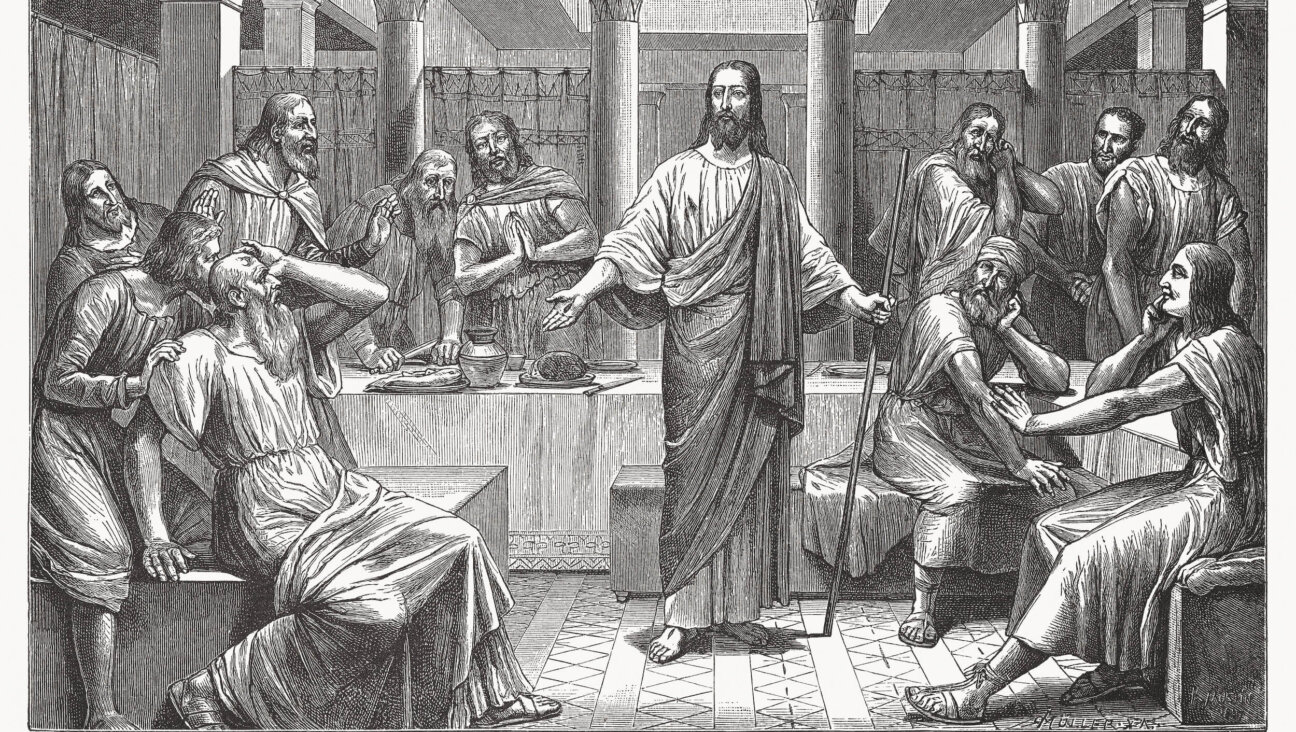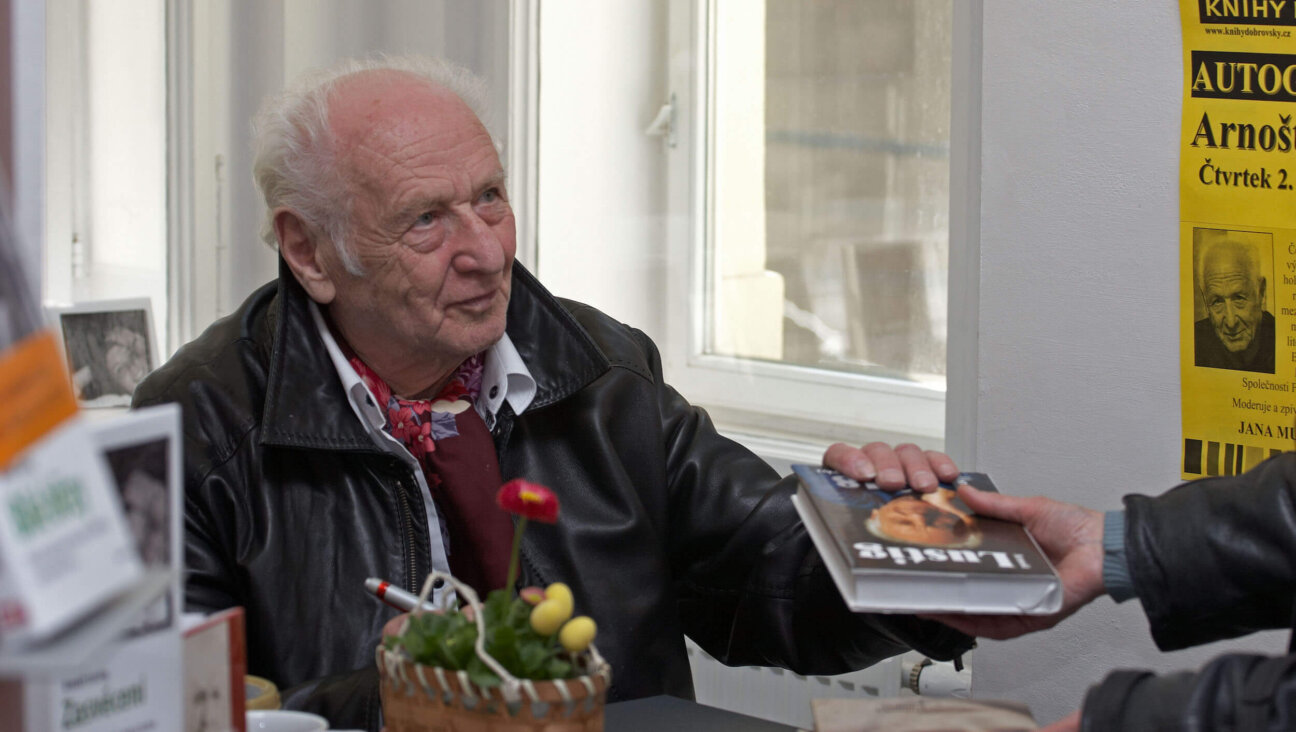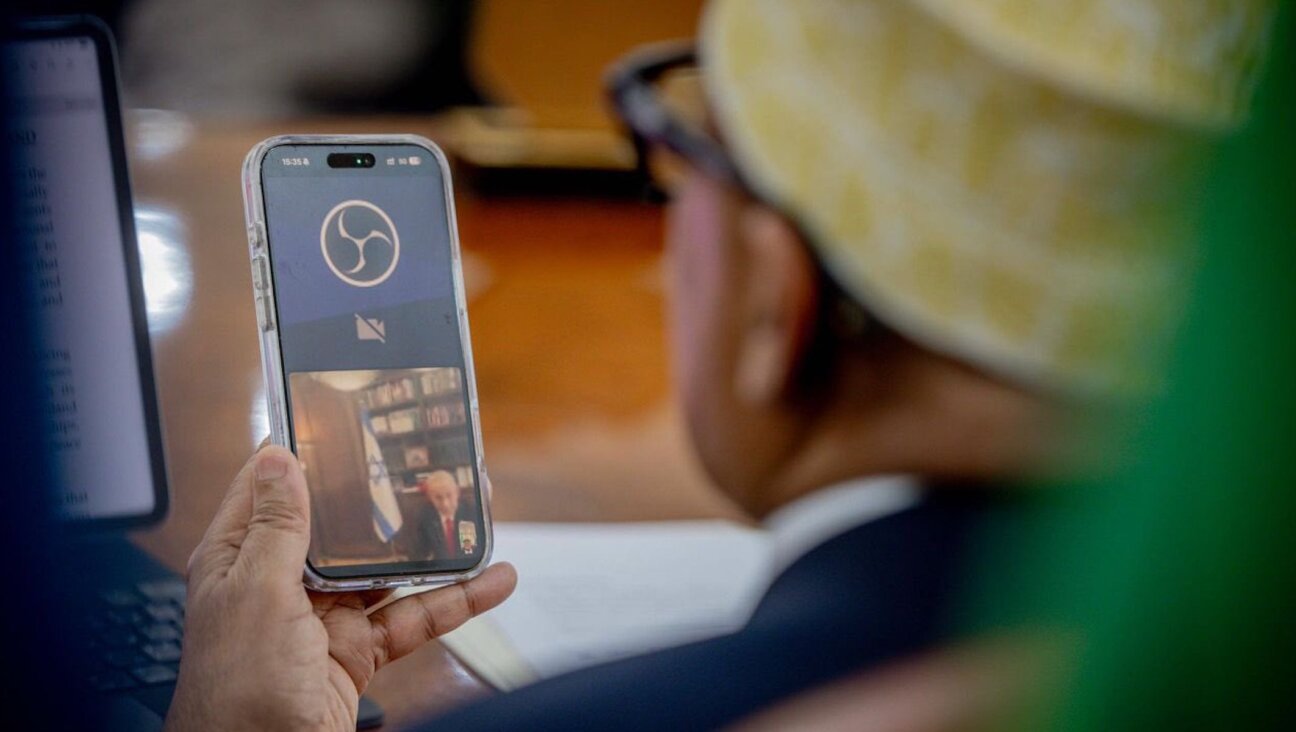Alfred Dreyfus was not the man you think he was — and the history of Jews in France is a little different too
A new exhibit at France’s Museum of the Art and History of Judaism debunks some clichés about Dreyfus and Jewish history
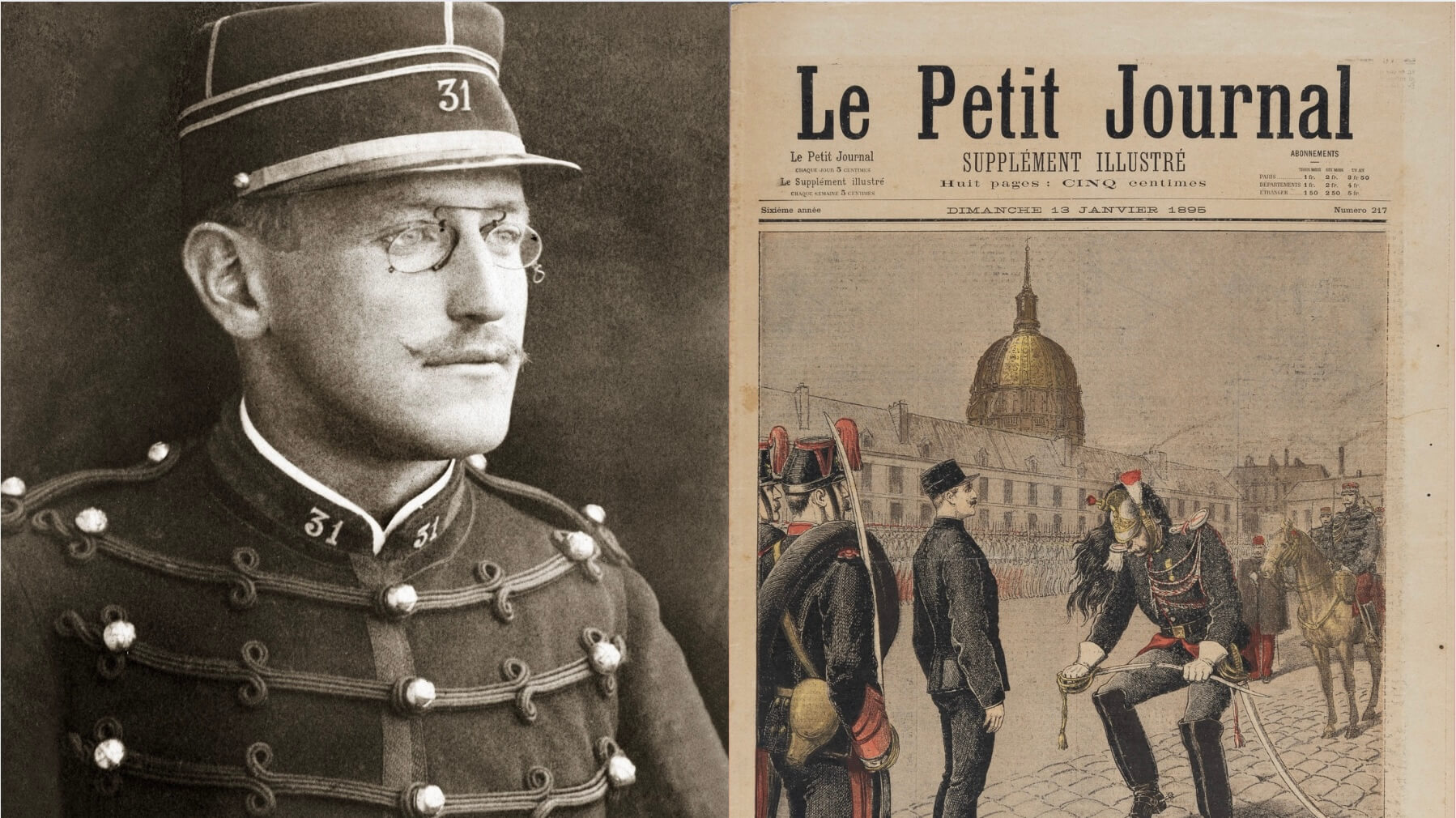
‘Alfred Dreyfus: Truth and Justice’ features nearly 250 archival documents, photographs, film extracts and some 60 works of art Courtesy of Museum of the Art and History of Judaism
The name of the exhibition is “Alfred Dreyfus: Truth and Justice,” and sitting in his office at the Museum of the Art and History of Judaism, in the Marais neighborhood of Paris, Paul Salmona, the museum’s director, is focusing on the word “Truth.”
“In this political moment, with the question of truth, the nature of truth, the political landscape of the United States, the ‘alternative facts,’ we felt it was an important moment to present an event like the Dreyfus Affair, which is a very interesting case about the truth and the facts and the importance of the facts,” Salmona told me.
It is also, he said, important to shine a critical light on the impact of antisemitism at a time when hatred of Jews is increasing around the world.
The idea for the exhibition arose four years ago after the museum purchased a collection of more than 200 drawings by the artist-journalist Maurice Feuillet of the 1898 trial of Emile Zola over the Dreyfus case and the second trial of Dreyfus himself. The drawings themselves weren’t enough for an exhibition, Salmona said, but after new books on Dreyfus were published in France, he felt that the time was right for another look.
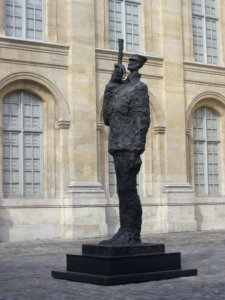
In the latter part of the 19th century, because of antisemitism in the military, and throughout France, and based on no actual evidence, Captain Alfred Dreyfus, a French Jew from the Alsace region, was found guilty of high treason, a crime he did not commit. He was sentenced to life in prison and was subjected to a degrading public ceremony in which he was stripped of his uniform insignia and his sword was broken while a crowd jeered. (A statue of Dreyfus holding his broken sword sits permanently in the museum’s courtyard.)
The exhibition points out that “in the wake of this explosion of hate, many laws were proposed aimed at excluding Jews from public service or even depriving them of French citizenship.”
Dreyfus was sent to the horrible prison on Devil’s Island in French Guiana. In France, the minority who believed in Dreyfus battled in words and print with the majority of haters. Most famously, Zola, the French novelist, maintained Dreyfus’ innocence in a newspaper essay with the front page headline “J’Accuse.” He was prosecuted in 1898 for libel, found guilty and fled the country for a year, until after Dreyfus’ conviction was overturned.
Dreyfus was retried, but based on military lies he was found guilty again. The French president pardoned him, a pardon Dreyfus accepted even though he was committed to proving his innocence. Finally, more than a decade after the first trial, he was exonerated.
Salmona said that one “truth” the exhibition seeks to correct is the nature of Dreyfus himself. There have been many books and also movies about the affair, he says, but most often they have not shown the real Dreyfus.
“Dreyfus was not the way people have thought of him, or the way he has been presented,” Salmona said. “This was true even with many of the important intellectuals or politicians who supported him, who were convinced of his innocence, and curiously had a very negative opinion of him. The French poet Charles Peguy said Dreyfus was ‘the way he was, not the way we dreamed about him.’ Leon Blum, a French prime minister, said Dreyfus had no affinity, no sensibility, about the affair and didn’t understand anything about it. And the French novelist Anatole France said Dreyfus was just like the officers who condemned him.”
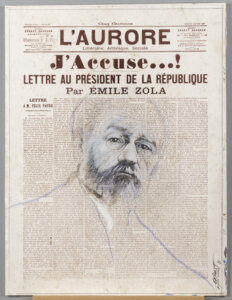
All this, Salmona said, is “completely in opposition to what we know now about him. Dreyfus was very scientific. He was at a very high level” — he was a graduate of the exclusive École Polytechnique in Paris. “He was an intellectual. A very cultivated person.” And, as the exhibit notes, he fought relentlessly “to bring the truth to light” — the exhibition reveals “a tireless fighter for the truth, the author of numerous writings, many of them unpublished and recently brought out of oblivion.”
The exhibition, which runs until Aug. 31 and features nearly 250 archival documents, photographs, film extracts and some 60 works of art by Gustave Caillebotte, Camille Pissarro, Félix Vallotton, Édouard Vuillard and others, is also an important lesson about the ever-present dangers of antisemitism, Salmona said.
“When we decided to organize this exhibition,” he said, “it was before Oct. 7,” the day of the Hamas terror attack on Israel. “And the exhibition opened after Oct. 7, and after the increase of antisemitic attacks in France and all over the world.”
In a certain way, he said, in highlighting the culture and history of Judaism, “all of the museum’s activity is a struggle against antisemitism.”
The museum itself is planning a major expansion. Its library and some of its offices will be moving to a former school building provided by the city of Paris two blocks away, opening up more space for the permanent exhibition, and for the temporary exhibitions as well.
“Currently the permanent collection goes only to the First World War, more or less, or the interwar period,” Salmona said. “We want to integrate more sections about Jewish immigration to France from Eastern Europe, from Greece and Turkey. We want to present the rescue of Jews during the Nazi occupation in World War II. This rescue is very important. About 75 percent of the Jews in France were saved. This is completely different from the rest of Europe. And we want to show Jewish resistance. We have to struggle against the idea that Jews went to the camps like cattle. This is a very negative image and it’s not the reality.”
“And after the war,” he said, “there was the reconstruction of Judaism, the fact that Paris was the biggest Yiddish town in Europe. There were four newspapers. We will be much more explicit about the history of French Judaism, because we are the only museum in Europe able to do it.”



